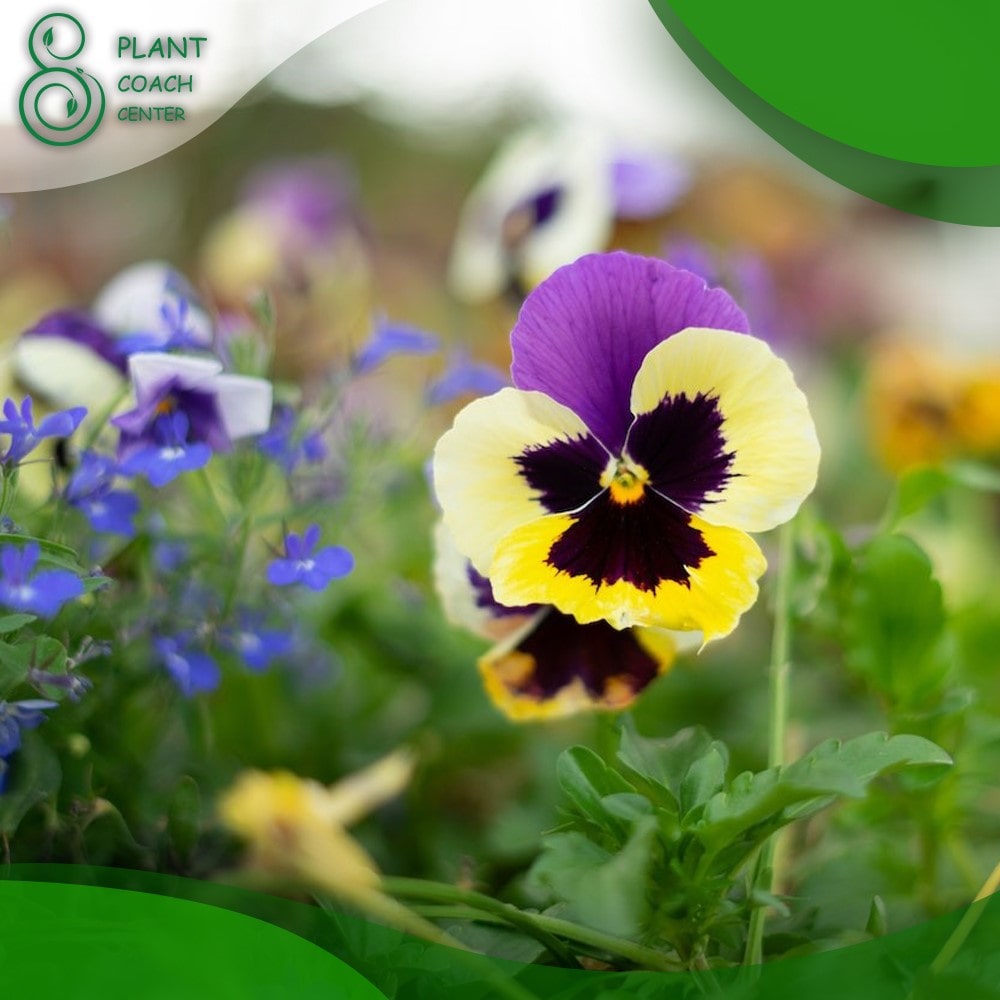When Can You Plant Pansies
Pansies are a popular flowering plant that can add color and vibrancy to any garden. These hardy flowers are known for their distinctive “faces” and come in a range of colors, from purple and blue to yellow and pink.
If you’re looking to plant pansies in your garden, it’s important to know when and how to plant them to ensure they thrive. In this guide, we’ll cover everything you need to know about planting pansies, from soil preparation to care and maintenance.
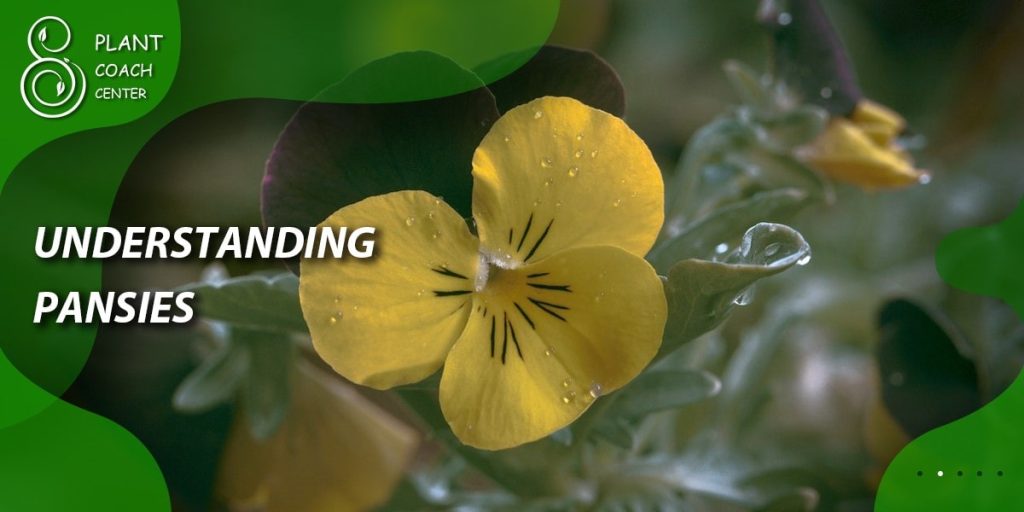
Understanding Pansies
Before we dive into the details of planting pansies, let’s take a moment to understand these versatile flowers. Here are some key characteristics of pansies:
– Pansies are a type of Viola, which is a genus of flowering plants that includes over 500 species.
– Pansies are known for their distinctive “faces,” which have a central dark area surrounded by lighter-colored petals.
– Pansies come in a range of colors, including purple, blue, yellow, orange, and pink.
– Pansies are hardy and can tolerate cooler temperatures, making them a popular choice for fall and winter planting.
Climate and Temperature
One of the most important factors to consider when planting pansies is the climate and temperature. Here are some things to keep in mind:
– Pansies prefer cooler temperatures and can tolerate frost, but they don’t do well in extreme heat.
– The ideal temperature range for planting pansies is between 45°F and 65°F (7°C and 18°C).
– In areas with mild winters, pansies can be planted in the fall for a winter bloom. In colder regions, they are typically planted in the spring.
Soil Conditions
Pansies prefer well-draining soil that is rich in organic matter. Here are some tips for preparing your soil for planting:
– Test your soil to determine its pH level and nutrient levels. Pansies prefer soil with a pH between 6.0 and 7.0.
– If your soil is heavy or compacted, amend it with compost or other organic matter to improve drainage and fertility.
– Work the amendments into the top 6-8 inches of soil to ensure they are well-distributed.
Geographic Location
Another important factor to consider when planting pansies is your geographic location. Here are some things to keep in mind:
– Pansies can be planted as soon as the soil can be worked in the spring. In colder regions, this may be as late as April or May.
– In areas with mild winters, pansies can be planted in the fall for a winter bloom.
– Pansies can be grown in most planting zones, but they do best in zones 4-8.
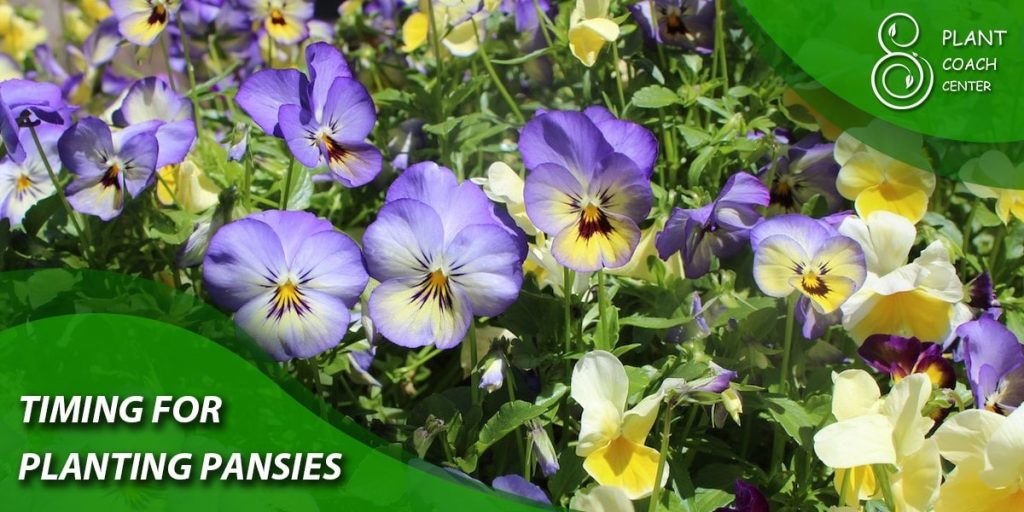
Timing for Planting Pansies
Now that you understand the ideal climate, soil conditions, and geographic location for planting pansies, let’s talk about timing. Here are some tips for determining the best time to plant pansies:
– In areas with mild winters, pansies can be planted in the fall for a winter bloom.
– In colder regions, pansies are typically planted in the early spring, as soon as the soil can be worked.
– Some gardeners also plant pansies in the late summer for a fall bloom.
In the next section, we’ll cover how to prepare for planting pansies.
Preparing for Planting
Before you plant your pansies, it’s important to prepare your planting site and choose healthy plants. Here are some tips:
Choosing Healthy Pansy Plants
When selecting pansy plants, look for the following characteristics:
– Well-hydrated and turgid leaves
– No signs of wilting or yellowing
– No signs of pests or disease
– A well-developed root system
Preparing Your Planting Site
Here’s how to prepare your planting site for pansies:
- Choose a location with well-draining soil and partial to full sun exposure.
- Remove any weeds or debris from the planting area.
- Use a garden fork or tiller to loosen the soil to a depth of 6-8 inches.
- Work compost or other organic matter into the soil to improve fertility and drainage.
Planting Techniques
Here are some tips for planting pansies:
- Dig a hole that is twice as wide as the root ball of your pansy plant.
- Place the plant in the hole and backfill with soil.
- Firm the soil around the plant to eliminate any air pockets.
- Water the plant thoroughly after planting.
Watering and Fertilization
After planting your pansies, it’s important to water them regularly and provide them with nutrients. Here are some tips:
– Water your pansies deeply once a week, or more frequently during hot, dry weather.
– Apply a balanced fertilizer with a 10-10-10 ratio every 4-6 weeks throughout the growing season.
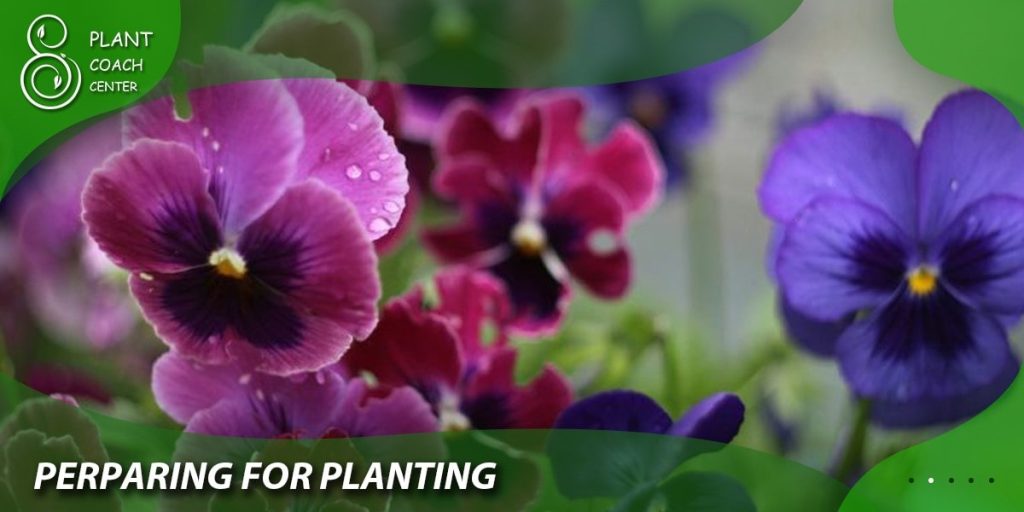
Mulching
Mulching can help retain moisture in the soil and prevent weed growth around your pansies. Here are some tips:
– Apply a layer of mulch around your pansies, taking care not to cover the foliage.
– Use organic mulches, such as wood chips or shredded leaves, to improve soil fertility.
By properly preparing your planting site and caring for your pansies, you can ensure they thrive and bloom beautifully.
Pansy Care and Maintenance
Once your pansies are planted, it’s important to care for them properly to ensure optimal growth and a successful bloom. Here are some tips for caring for your pansies:
Watering and Fertilization
Pansies require consistent moisture to grow and produce healthy blooms. Water your pansies deeply once a week, or more frequently during hot, dry weather. Pansies are heavy feeders and require a balanced fertilizer with a ratio of 10-10-10. Apply the fertilizer every 4-6 weeks throughout the growing season.
Pest and Disease Control
Pansies are susceptible to a range of pests and diseases, including aphids, snails, and fungal diseases such as powdery mildew and botrytis blight. To prevent pest and disease problems, follow these tips:
– Plant disease-resistant pansy varieties
– Rotate your pansy crop every year to prevent soil-borne diseases
– Use row covers to protect young pansy plants from pests
– Keep the planting area clean and free of debris to prevent pest and disease build-up
If you do notice signs of pest or disease problems, consult a gardening expert or agricultural extension agent for advice on treatment options.
Pruning and Deadheading
To encourage bushy growth and prolong bloom time, pinch back the tips of your pansy plants once they have several sets of leaves. Remove spent blooms regularly to encourage new growth and prevent disease.
Winter Care
In colder regions, pansies may require special care to survive the winter. Here are some tips:
– Mulch around your pansies to help protect them from freezing temperatures.
– Avoid overwatering pansies in the winter, as this can cause root rot.
– Consider covering your pansies with a frost cloth or other protective cover during extreme cold.
By properly caring for your pansies throughout the growing season, you can enjoy a beautiful and vibrant display of flowers. In the next section, we’ll cover common pansy problems and how to troubleshoot them.
Common Pansy Problems
Despite their hardiness, pansies can still encounter problems during the growing season. Here are some common issues that pansies may face:
Pests and Diseases
Pansies can be attacked by a range of pests, including aphids, slugs, and snails. They are also susceptible to fungal diseases such as powdery mildew and botrytis blight. Here are some tips for preventing and treating pests and diseases:
– Keep the planting area clean and free of debris to prevent pest and disease build-up.
– Use row covers to protect young pansy plants from pests.
– Apply an insecticidal soap or neem oil to control aphids and other pests.
– Treat fungal diseases with a fungicide, following the manufacturer’s instructions carefully.
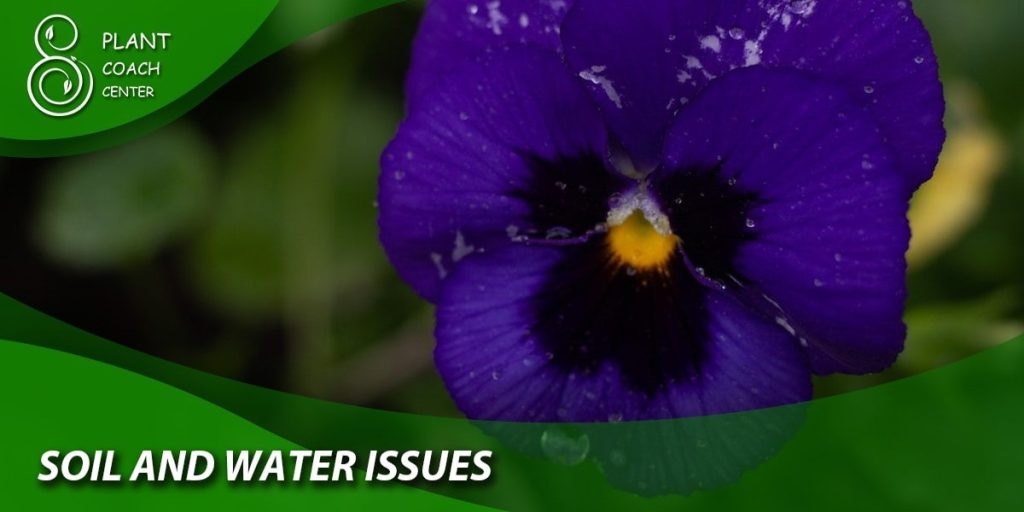
Soil and Water Issues
Pansies prefer soil that is well-draining and rich in organic matter. If your pansies are struggling, it could be due to soil or water issues. Here are some tips:
– Test your soil to determine its pH level and nutrient levels. Amend the soil as needed to improve drainage and fertility.
– Avoid overwatering pansies, as this can lead to root rot.
Growth Issues
If your pansies are not growing or blooming as expected, it could be due to a range of factors. Here are some tips:
– Ensure that your pansies are getting enough sunlight and water.
– Apply a balanced fertilizer every 4-6 weeks throughout the growing season.
– Pinch back the tips of your pansy plants to encourage bushy growth and prolong bloom time.
Pansy Companion Planting
Pansies can be a great addition to any garden, and they also work well when planted alongside other plants. Here are some companion plants that pair well with pansies:
– Alyssum
– Lobelia
– Sweet William
– Snapdragons
– Dianthus
By planting pansies alongside these companion plants, you can create a beautiful and harmonious garden display.
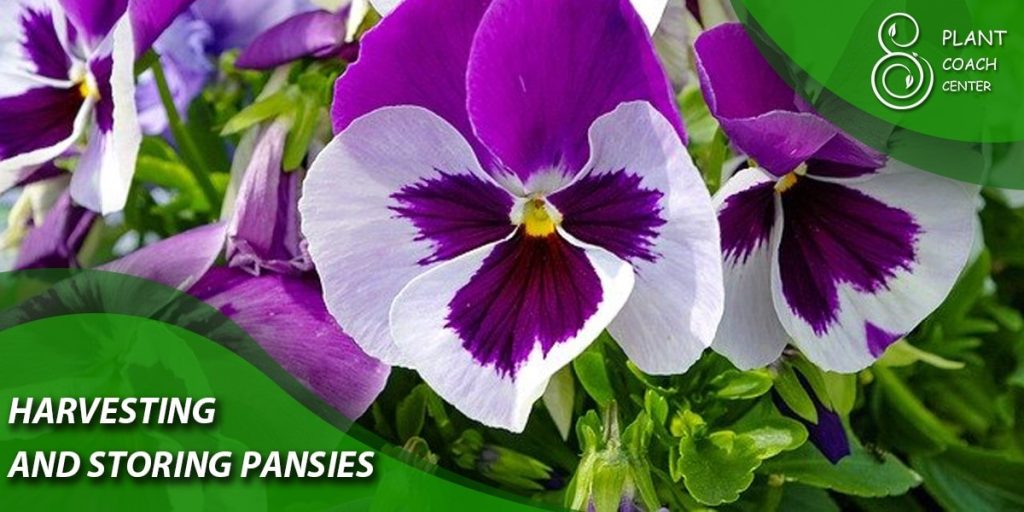
Harvesting and Storing Pansies
Pansies can be harvested once they have fully bloomed. Here are some tips for harvesting and storing pansies:
– Cut the blooms from the plant using sharp scissors or pruning shears.
– Store the blooms in a cool, dry place until you’re ready to use them.
– Pansy blooms can be dried and used in potpourri or other crafts.
Conclusion
Pansies are a versatile and hardy flowering plant that can add color and vibrancy to any garden. By following the tips and techniques outlined in this guide, you can plant and care for your pansies successfully and enjoy a beautiful and vibrant display of flowers.
Remember to choose healthy plants, prepare your soil properly, and care for your pansies throughout the growing season to ensure optimal growth and a successful bloom.
When can you plant pansies?
Pansies can be planted in early spring or fall, depending on your climate and local frost dates.
Can pansies tolerate frost?
Yes, pansies are cool-season flowers that can tolerate light frosts and cool temperatures.
Can I plant pansies in the summer?
Pansies are typically grown as cool-season annuals and do not tolerate hot summer temperatures very well.


